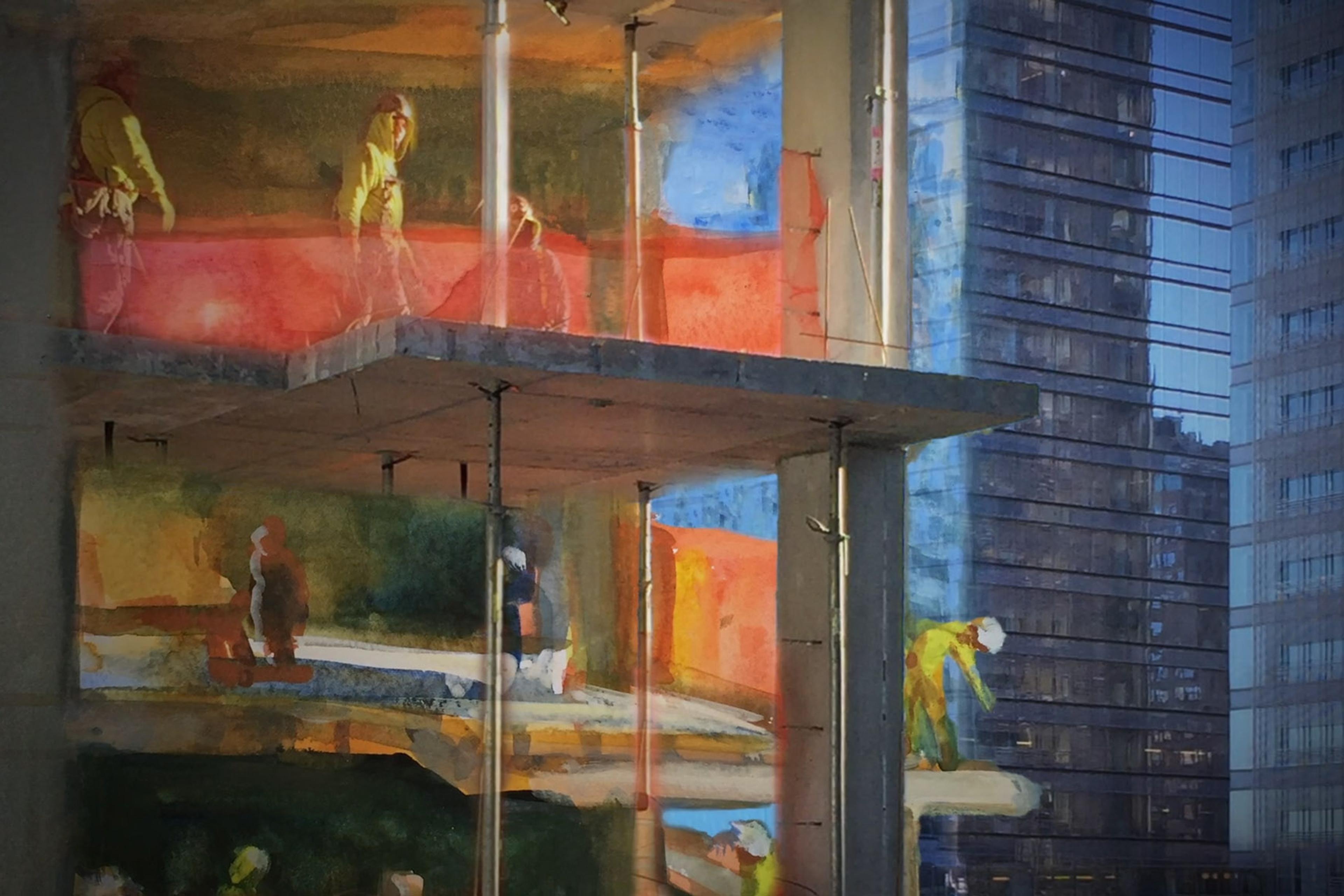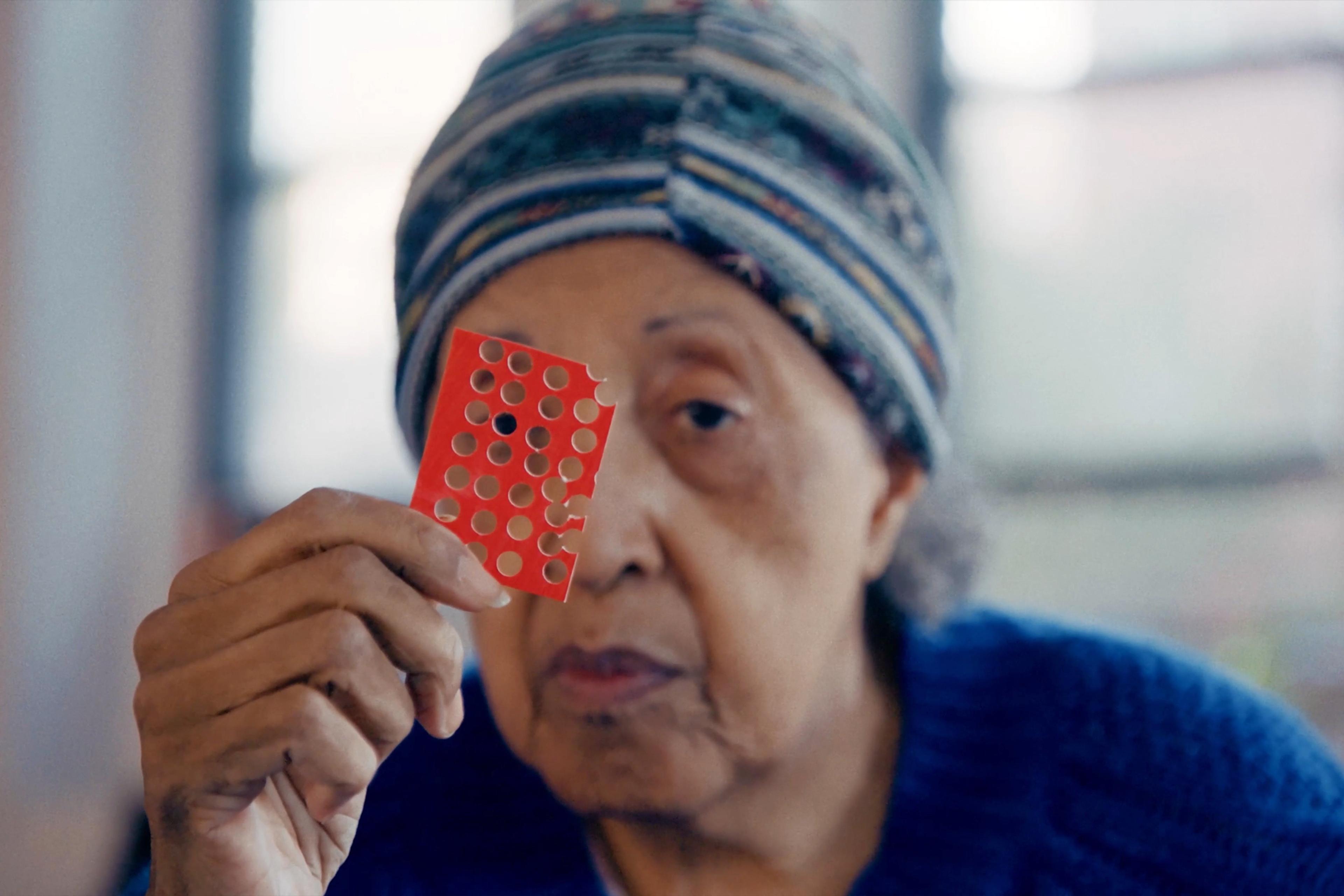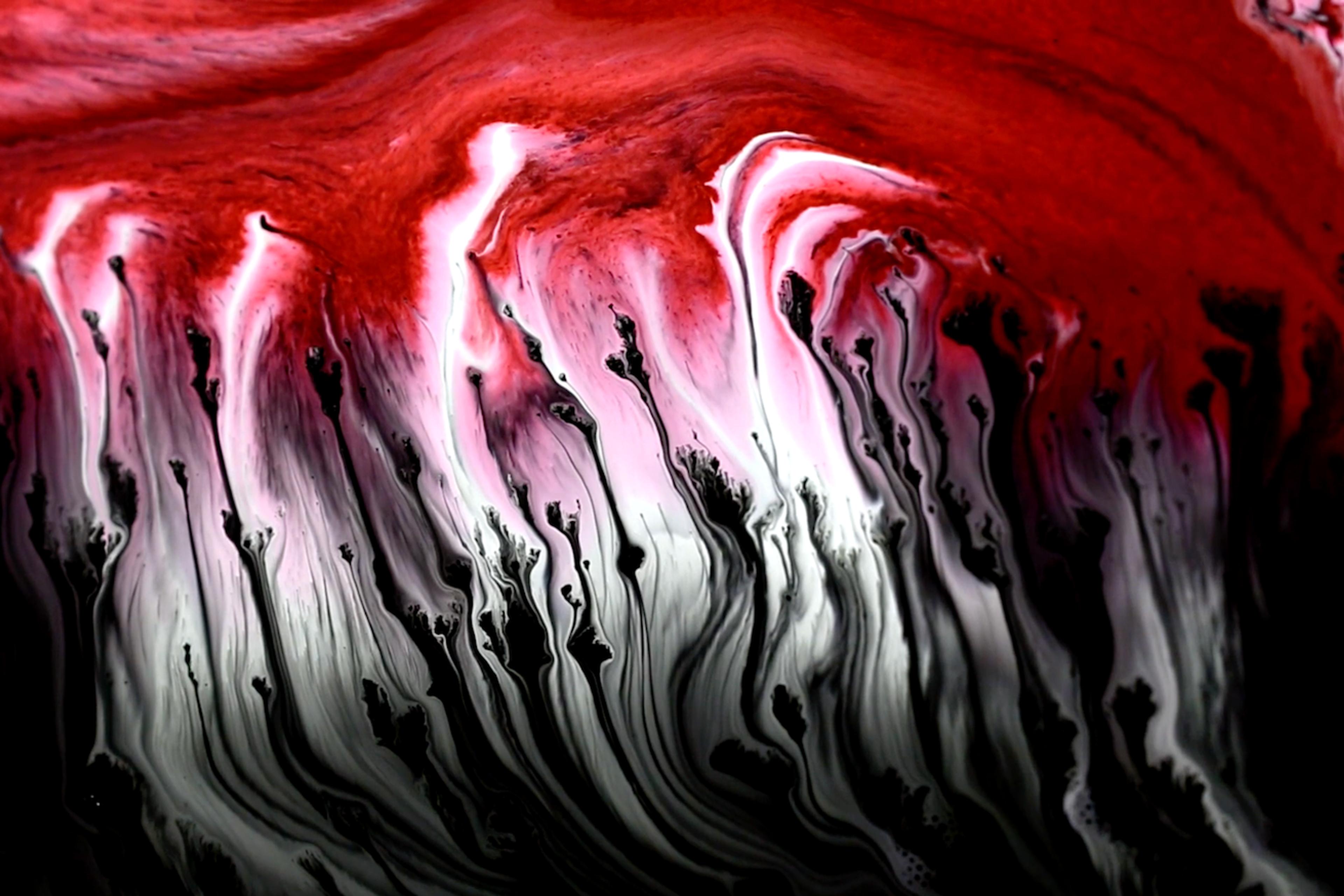As an artist in residence at Caltech in the mid 1960s, Helen Pashgian pioneered new applications of resins, urethanes and epoxies – materials that had previously been developed for use by the military. In this short documentary produced by the Los Angeles County Museum of Art (LACMA), her exacting process and its luminous results are captured by the LA-based filmmaker Anika Kan Grevstad. Developed through decades of experimentation, Pashgian’s methods shape these temperamental and highly toxic materials into sculptures that, in turn, shape the light around them.
Despite the space-age look of these artworks, and the technical precision and synthetic materials involved in their production, Pashgian’s pieces reflect a deep connection to the natural world. Pashgian traces her fascination with light and water to the land- and seascapes of Pasadena in southern California, where she grew up and still lives and works – in particular, the interplay of transparency and opacity she’d observed in the sea lapping on the shore. Her works, and those of other Californian artists of the Light and Space movement, were dismissed at the time by East Coast art critics for being insubstantial, all about atmosphere and air – but it is these very qualities that Pashgian seeks to capture in her attempts at ‘making the invisible visible’.







